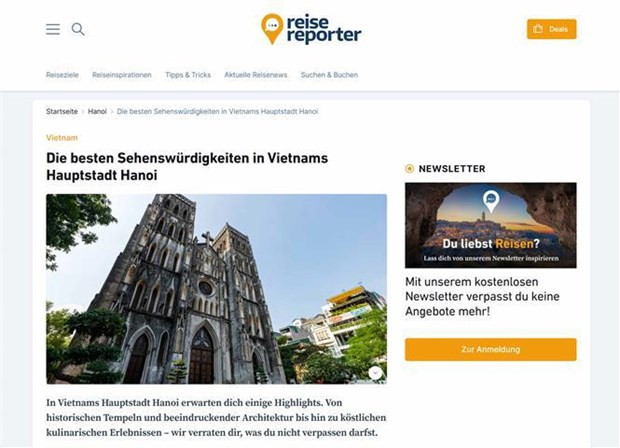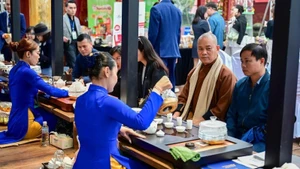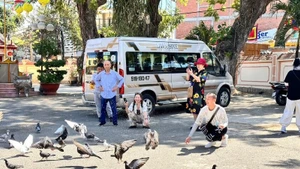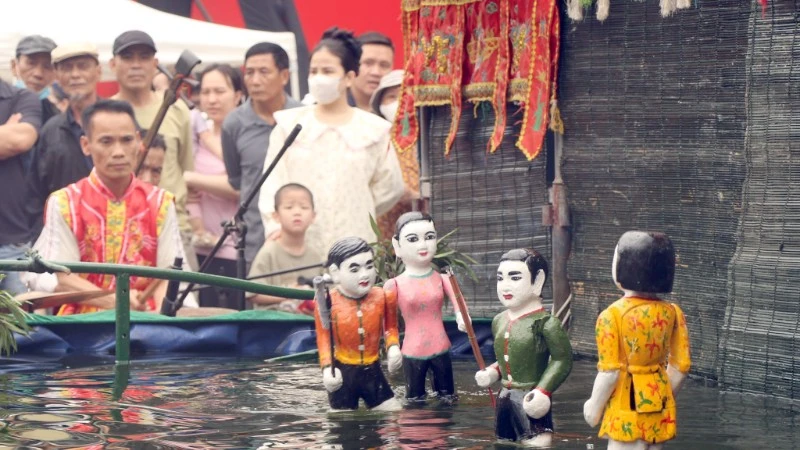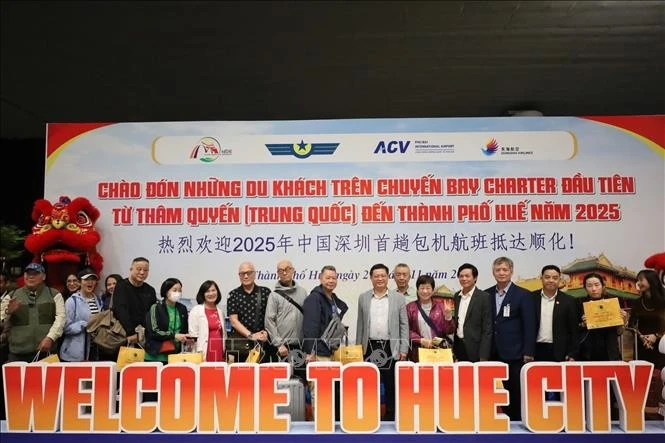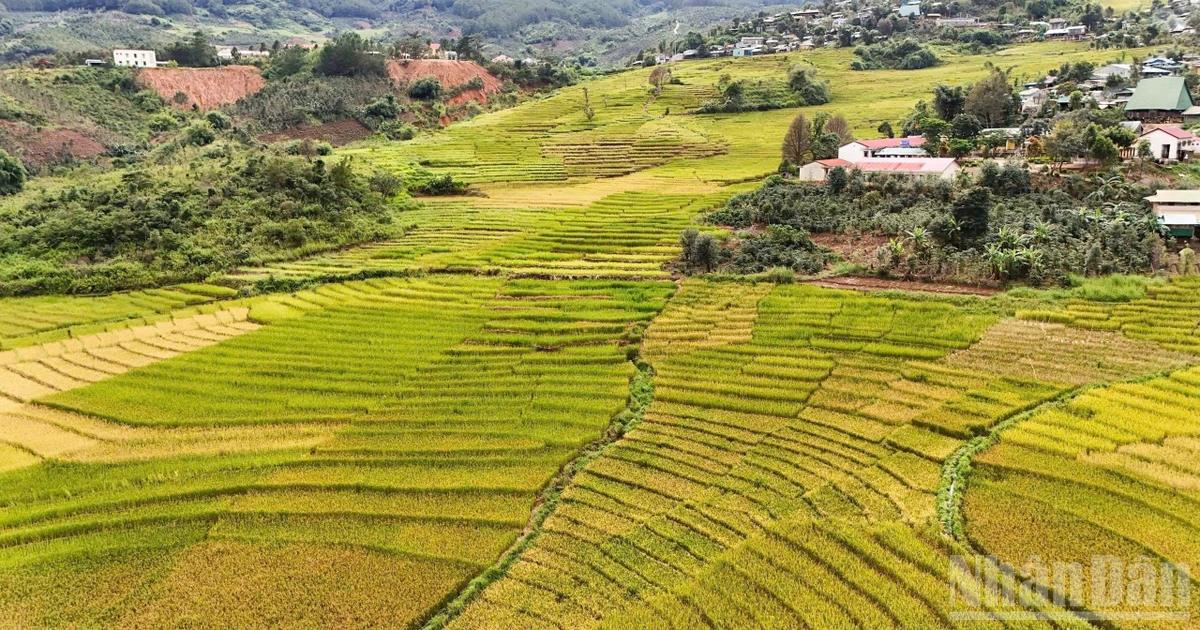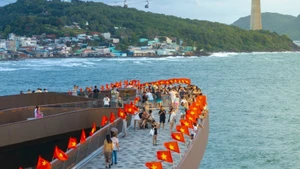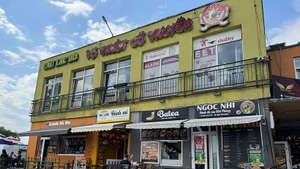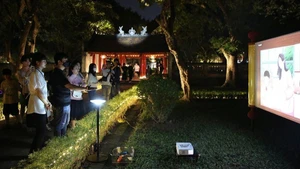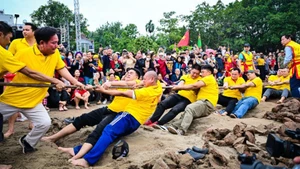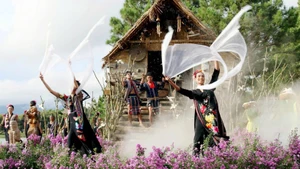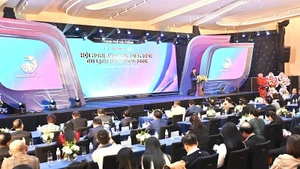Temples with great historical values and unique architecture which is the intricate blend of tradition and contemporary design have added charm to the city, the article said.
The Hanoi Old Quarter, with its colourful-hue houses and labyrinthine lanes, is described as a “gem” that attracts travelers from all over the world. Visitors can feel the unique vibrancy when strolling around the bustling street markets where they find a wealth of local products, from fresh fruits to hand-made souvenirs, and have a talk with hospitable locals.
A culinary adventure will truly impress visitors as they are guided by the temping smells from food stalls along the streets. Reisreporter.de also suggests foreigners try local specialties such as Banh mi (sandwich), Pho (noodle soup), and bun cha (vermicelli with grilled pork and fresh herbs).
Beyond a place to shop and eat, the Old Quarter offers visitors an ambience of the city’s hustle and bustle, as well as a rich cultural experience that will linger in their memories for a long time.
The article goes on to highlight Hanoi’s cultural treasure with a kaleidoscope of historical sites. Among them, Van Mieu – Quoc Tu Giam (Temple of Literature) constructed in 1070 as the first university in Vietnam is a vivid illustration for the country’s tradition of valuing education. Besides, the Mausoleum of President Ho Chi Minh is described as an impressive architecture.
Other iconic structures in the capital city include One-Pillar Pagoda, Ngoc Son Temple, Long Bien Bridge and St Joseph’s Cathedral in downtown Hanoi.
The capital city is also a cultural and art hub as it houses a wide range of terrific museums such as the Vietnam National Museum of History, the Vietnam Fine Arts Museum, and the Vietnam Museum of Ethnology, the article said.
